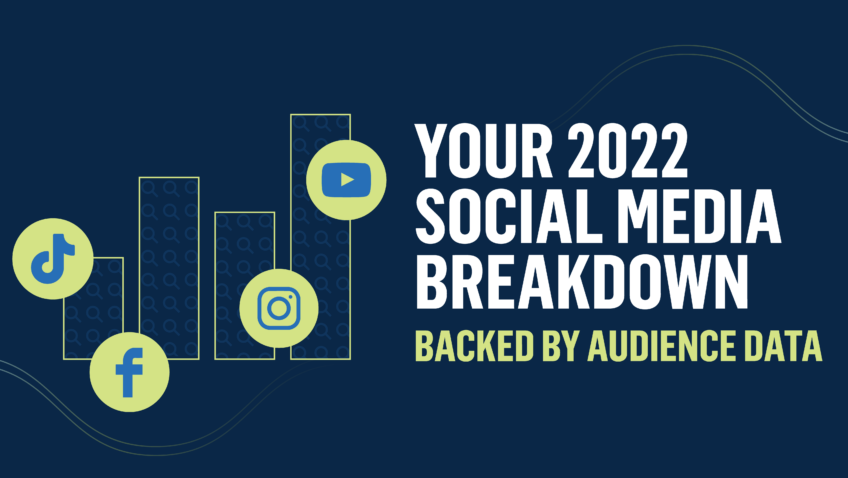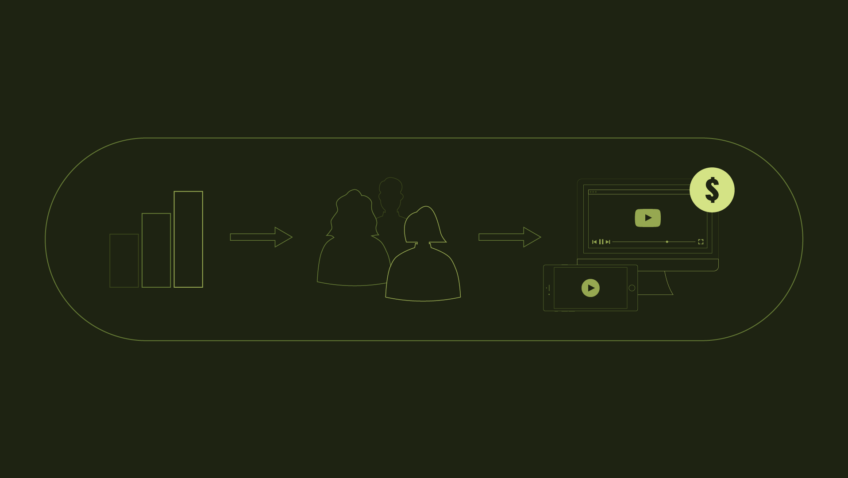5 Things Arts Organizations Can Learn from Political Campaigns
Are you ready for November 8 to arrive? If you’re one of Facebook’s nearly 1.5 billion monthly users, chances are that you’ve been inundated with 2016 presidential campaign commentary. Candidates have vied for your attention; supporters have eagerly shared stats, memes, and photos of their candidate flying in coach. You’ve seen the good, the bad, the inspiring, and the confounding. You’ve been moved in positive and negative ways. You’ve felt something.

As social marketers, moving people to care is a simple but imperative call-to-action. We strive to effectively use social platforms as a viable marketing tool, but the rules are different. We recognize this, but do we truly treat them differently?
The single greatest sin is to uninspire. We’re fighting an uphill battle against ever-decreasing organic reach. The good news: the arts are rife with beauty, interest, and conversation-inspiring themes.
If there’s a code to be cracked, presidential campaigns have come the closest to cracking it. Every day, without fail, millions of impressions are served by the digital teams of candidates to energize, to inspire, and ultimately, to convert.
Here are five things arts organizations
can learn from their approaches:
1. Social as a Second Screen
2. Engaging Content vs. Converting Content
3. Rethink the Call-to-Action
4. Caption Video
5. Meet People “Where They Are”

1. Social as a Second Screen
Planning your social calendar should now be a two-step process: market the performance, engage while it’s happening. When candidates take the stage at any number of nationally televised debates, their social channels don’t go silent: their presence in your Facebook and Twitter feeds are more vibrant than ever. All too often in the arts, we leave our audiences in the dark and with little motivation to share their experience before and after the performance. Listing hashtags is a subtle and sometimes passive gesture; immersing yourself in the conversation should be the focus.
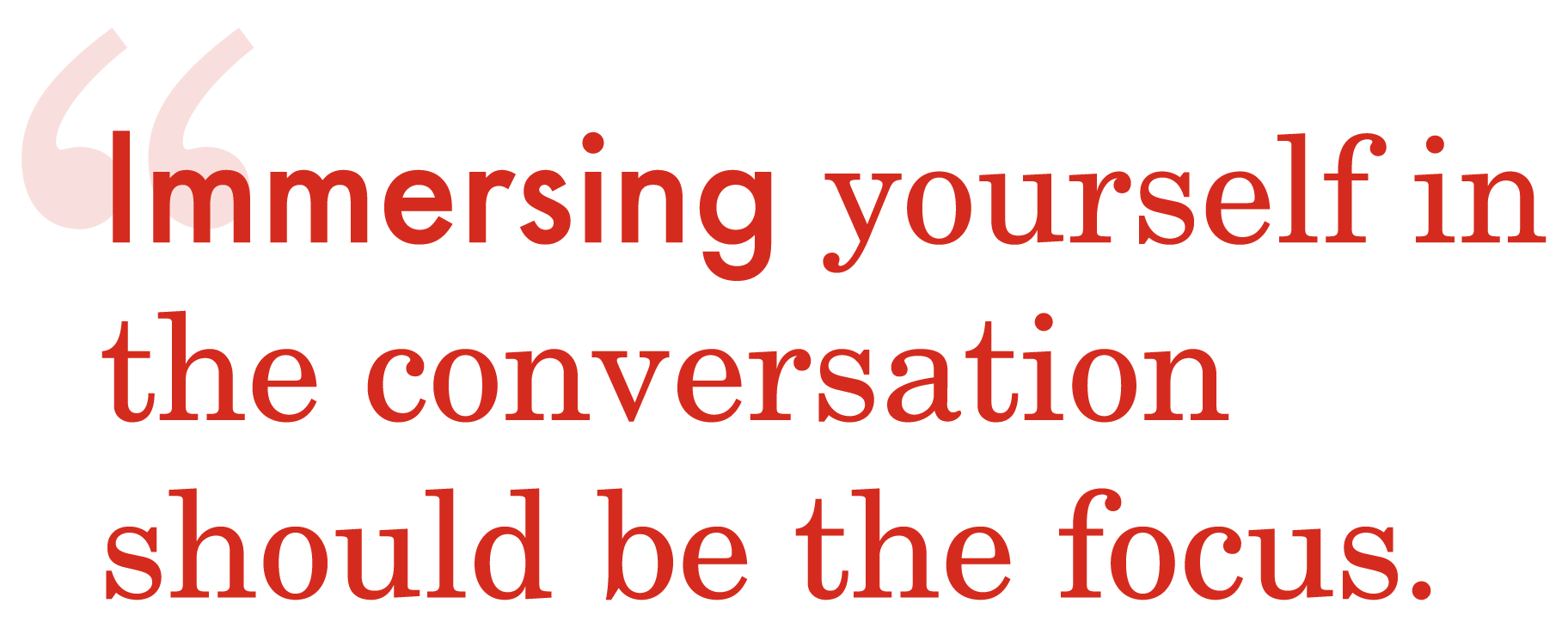
Think about the experience from your perspective. As you sit in the theater and watch the performance, what moments resonate with you? What are the soundbites that will linger in your memory? Conveying these moments in unique and compelling ways will encourage your followers to engage, share, and, most ideally, generate even more of these sentiments on their own.
If the performance is being livestreamed or broadcasted, consider how you can use social to create a second screen. 87% of users use a second screen device while watching TV. How are you enhancing their experience? Even if your performance is not being livestreamed, give it the same real-time immediacy and inspire the excited feedback you’re seeking as patrons leave your theater.


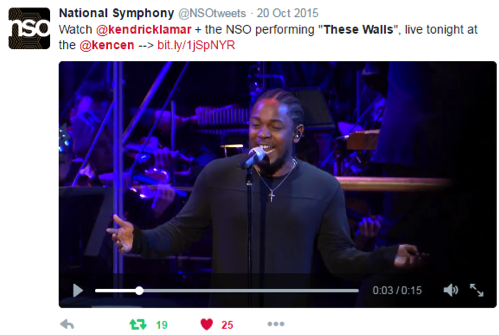
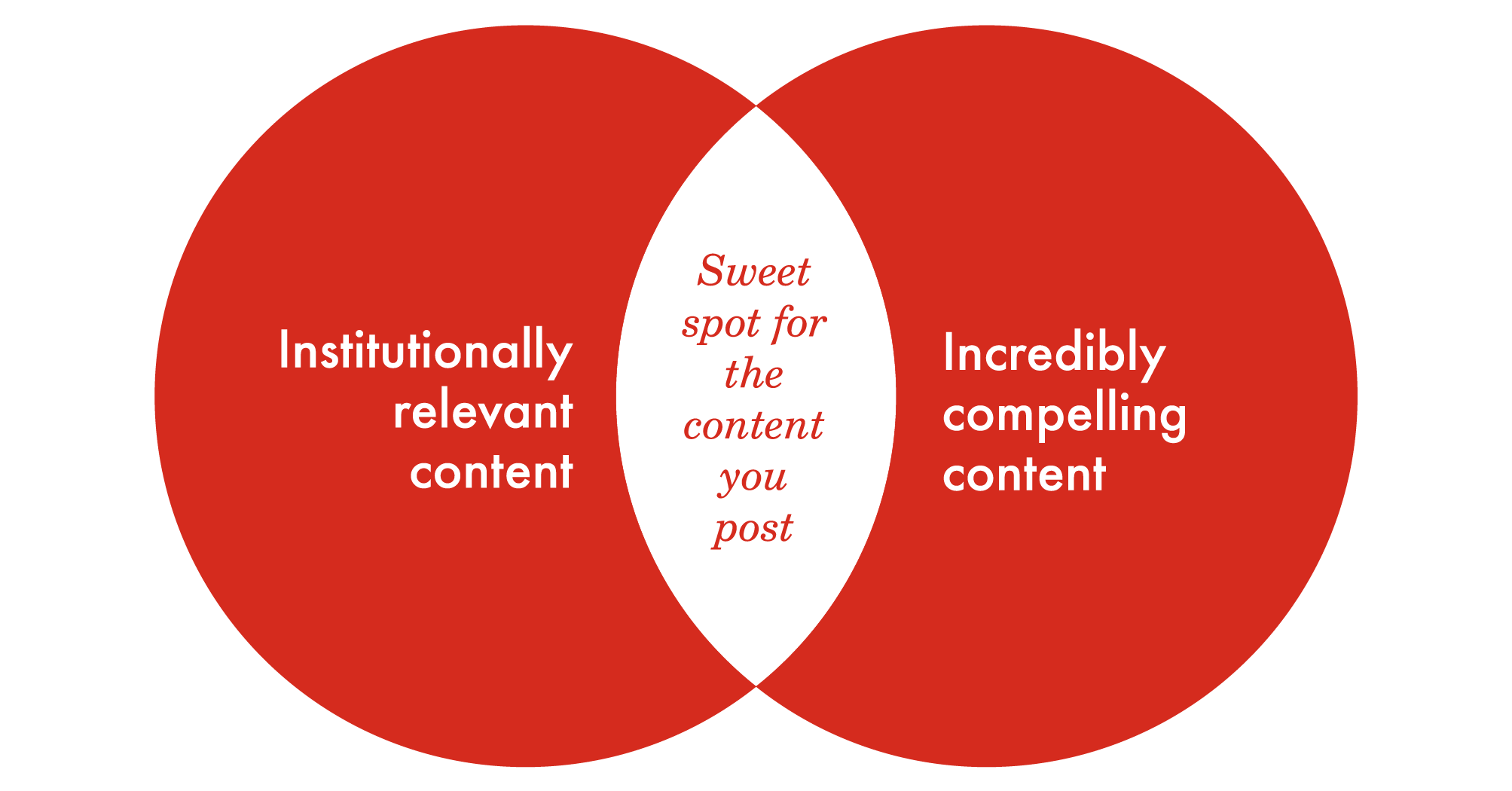
2. Engaging Content vs. Converting Content. Does there have to be a difference?
Think about your content as a Venn diagram. The circle on the left contains all of the content you feel is institutionally relevant. The circle on the right is the content you know will be incredibly compelling. How often do you post content that combines the best of both worlds?
We should be striving to find content in this sweet spot all the time. They’re not mutually exclusive. When a candidate posts a quote from the campaign trail or video of a moving exchange with a supporter, the objective hasn’t changed. Each item touches a different element of their candidacy, informing more and more about them as a candidate. In a similar sense, each post you construct can touch a quality of the performance. You don’t need to tell the whole story in every post. Think of it as a building narrative that unfolds chapter after chapter.
3. Rethink the Call-to-Action
Try this: go to the Facebook page of any major 2016 presidential candidate and notice how posts feature the words “vote for me.” How deep in the feed did you get?
“Buy tickets” is our “vote for me.” The ask is implicit. Why not use the valuable real estate to tell a different side of the story — to give your prospective patron a reason to buy a ticket.
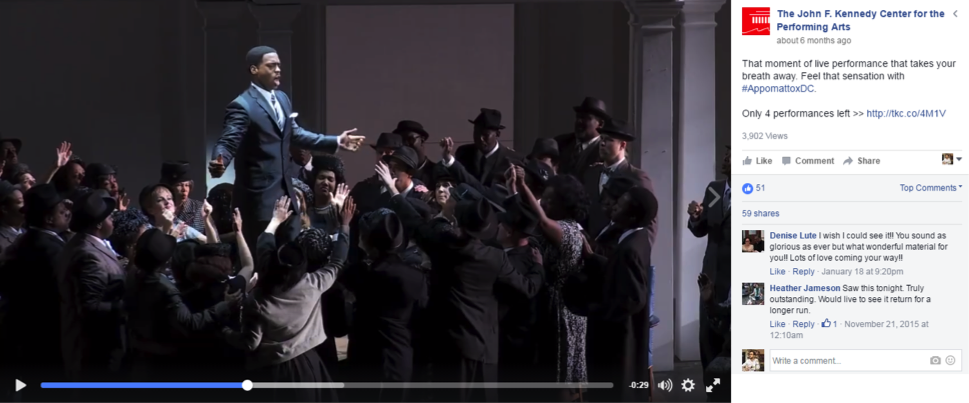
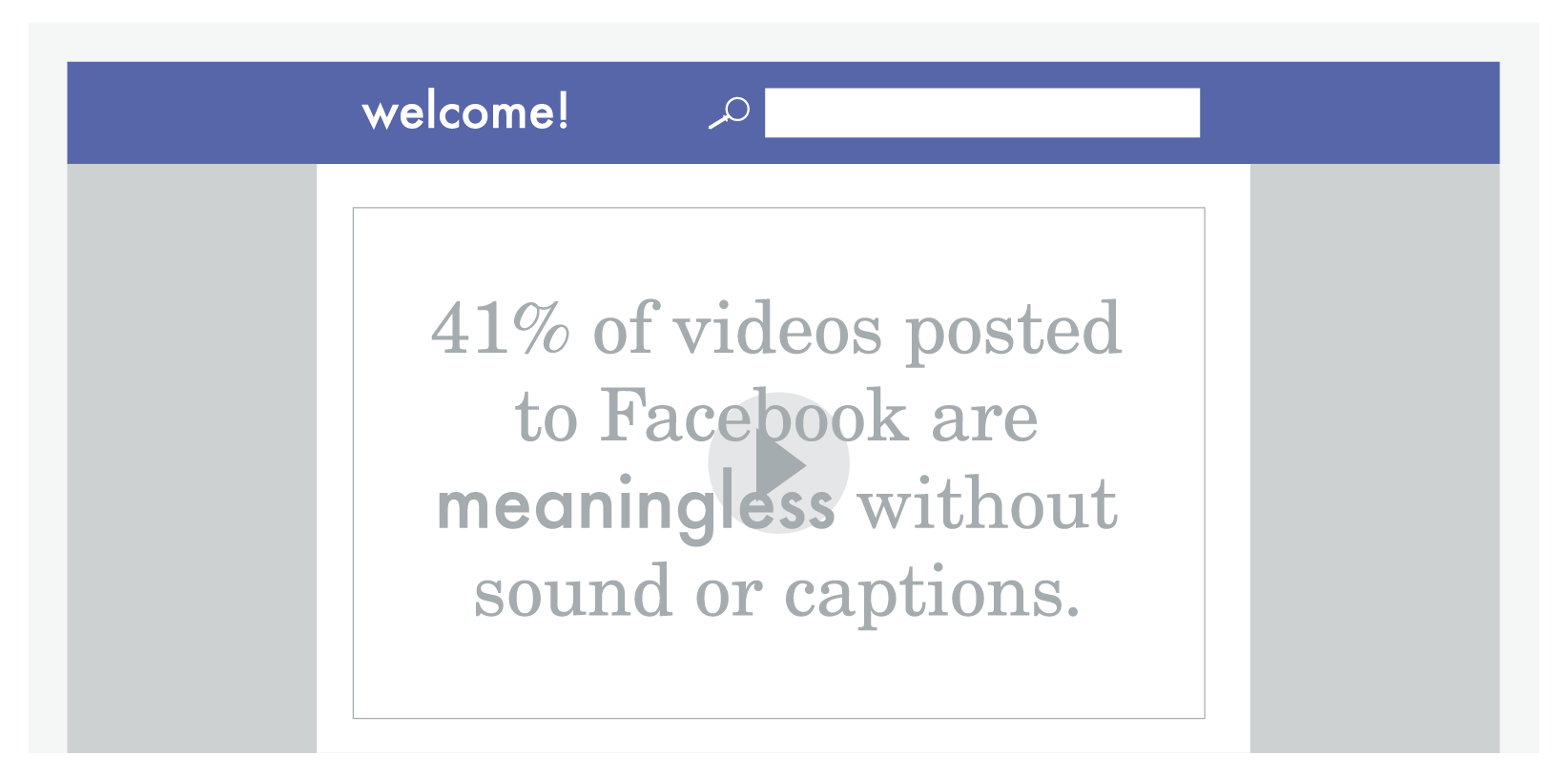
4. Caption Video
41% of videos posted to Facebook are meaningless without sound or captions. Think of your institutional videos that feature talking heads: How much information are you conveying when a muted video floats by in a scrolling News Feed?
Political candidates have artfully integrated captions into their videos to evade this issue. Not only do they actively caption videos, but they’ve utilized bold typographical choices to catch your eye. Elevate your videos immediately by considering this enhancement.
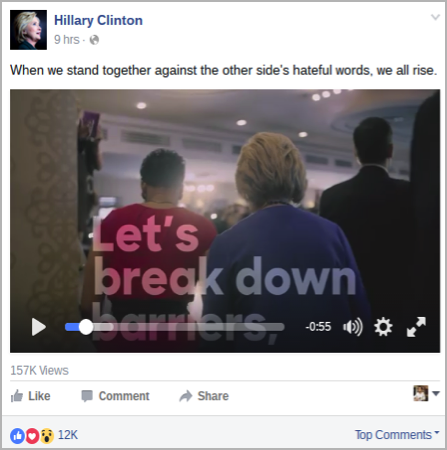
5. Meet People “Where They Are”
When President Obama delivered his final State of the Union, the White House’s Chief Digital Officer published an article on Medium about the shift in the way people experience live events, and how the administration planned to mold their strategy accordingly.
It’s easy to look at what other organizations are doing and think there’s an overriding blueprint for how we should communicate with our patrons on social. It’s more difficult to carefully consider the day-to-day habits of those same individuals and ask whether or not you’re meeting them rather than expecting them to find you.
Look deeply at your analytics. Who are you connected with on social? Are they still on the pulse of your activity or are they gravitating elsewhere? And if you find that to be the case, how far will you go to meet them?
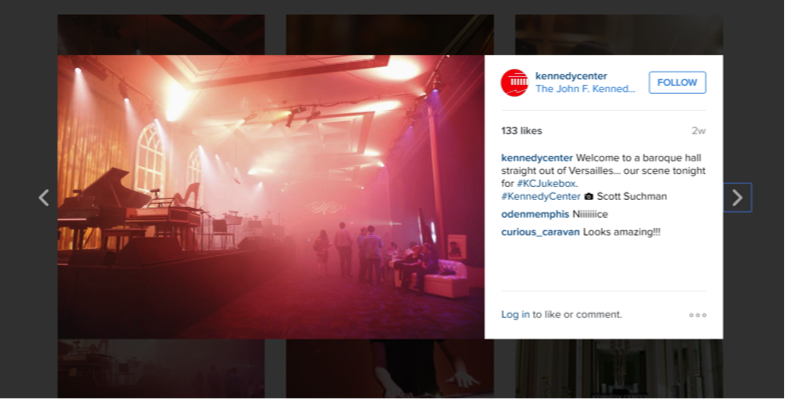
Gregory Hughes is the Social Media Manager at The John F. Kennedy Center for the Performing Arts. He presented at Digital Marketing Boot Camp for the Arts in 2016 on Becoming Your #1 Media Outlet.





